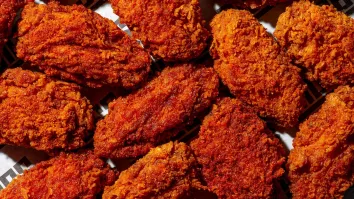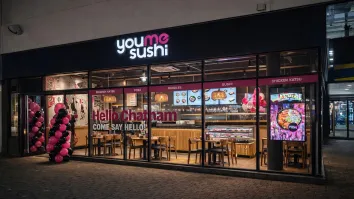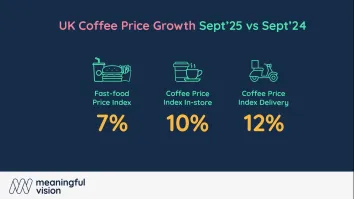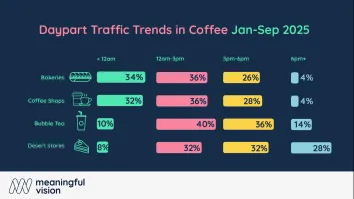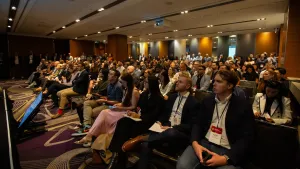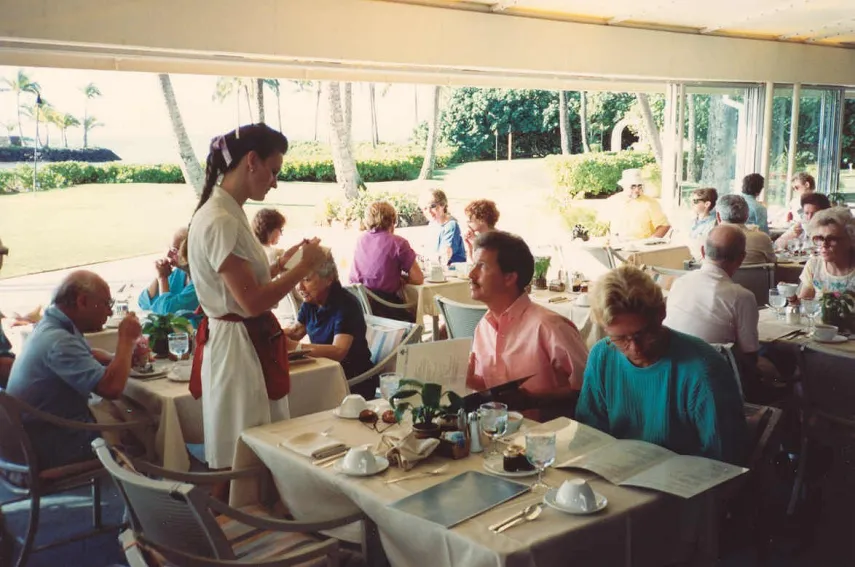
Research reveals the impact of national living wage
Data collated through Fourth Analytics, global software partner to the hospitality and leisure industries, revealed the average pay of a hospitality worker (over 25) in June 2016 as £7.47 – 27p higher than the mandatory living wage, introduced in April 2016.
Since the introduction of the NLW, the regional pay gap between London and areas north of the M25 has narrowed from 25p in 2014-2015 to just 10p in 2016. Consequently, companies with operations outside of London have seen staffing costs rise more sharply, placing pressure on operating margins.
Furthermore, with the Living Wage Foundation indicating the need for a £1.15 London to regional pay gap, the current position may no longer remain tenable moving forwards, causing London wages to rise, adding further pressure on companies.
According to the research, the hospitality industry’s sales per hour has shown continued growth, rising 10% between 2014 and June 2016, while the percentage of sales that go towards wages has risen 0.6%. The highest performing sector during this period was the pub sector, with hourly sales rising 13% and wage costs decreasing 1%. In comparison, restaurant’s hourly sales have risen 5% and their core wages have risen 0.6%, while quick service restaurants hourly sales have remained flat and their core wages have risen 2% – a rise of 2.4% over this period.
Recent comment from a number of large pub companies, has indicated that advanced labour productivity software has helped them offset the impact of the NLW’s introduction and improve labour efficiency. Other contributing factors include the flexible shift patterns of pub workers and the fact that under 21’s – who currently do not qualify for the NLW1 – make up 20% of the pub sector’s workforce – twice as much as the hotel, restaurant and quick service sectors.
In addition, the percentage of sales spent on less flexible salaried staff in the pub sector has decreased from 7.3% in 2015 to 7% according to latest available data. While, 9.9% of the money generated from sales in QSR is spent on staff salaries, up from 8.1% in 2015, and the restaurant sector has remained relatively stable, with salaries as a percentage of sales at 6.3%, up from 6.1% in 2015.
The figures also reveal:
- Gender differentials, with men being paid an average of £7.53 (in 2016), which is 1.9% more than women, who are paid £7.40, on average. This 1.9% pay gap between men and women in 2016 has remained the same from 2015, which was down from 3% in 2014
- In 2016, the sector with the largest gender pay gap in favour of men is restaurants. Additional demographic data shows that males make up over 75% of chefs and kitchen staff, so this slight imbalance can be attributed to employers compensating back-of-house staff for a lack of opportunity to earn tips with inflated wages, thus skewing the figures.
- The second largest gender pay gap can be found in pubs and bars, followed by quick service restaurants with a minimal pay gap. Conversely women in the hotel sector, where there are substantially more job roles are paid an average of 26p more per hour than men
- Based on purely historic statistical trends, the actual average hourly wage could rise to as much as £9.45 by 2020 – 45p higher than the planned £9 (the new rate by 2020).
- Average hourly rate for over-25s as of October 2015 (prior to national living wage announcement) was £7.04
Commenting on the figures, Mike Shipley, Analytics & Insight Solutions Director at Fourth, said: “Our figures indicate that with the exception of pubs, the industry is continuing to pay a premium wage above the living wage to attract high quality staff.
“The pub sector has managed to mitigate costs thanks to the utilisation of intelligent rota software, the flexible nature of its shift patterns and the abundance of young staff on its rosters. This said, challenges lie on the horizon.
“According to the latest figures from CGA Peach, 65% of CEOs think the target living wage of £9 by 2020 is unrealistic. And, given that our current calculations indicate that actual pay could rise as high as £9.45 in 2020, coupled with added pressure on the industry from chef shortages, increasing wage competition from retailers, uncertainty stemming from Brexit and increases to living wages for under 24s, it’s imperative operators look at ways to improve their efficiency.
“While some companies are looking to offset costs by reducing staff benefits or cutting overtime rates – which carries high reputational risk – we’re working with many different hospitality and leisure companies, highlighting issues and using analysis to drive revenue per labour hour by improving sales at peak times and identifying and eradicating wasted labour hours during quieter periods.
“It is a complex challenge but one that can deliver substantial productivity gains, and that is surely the key to weathering what is clearly a new era of labour inflation for hospitality.”
For further statistics visit - https://www.fourth.com/en-gb/national-living-wage




